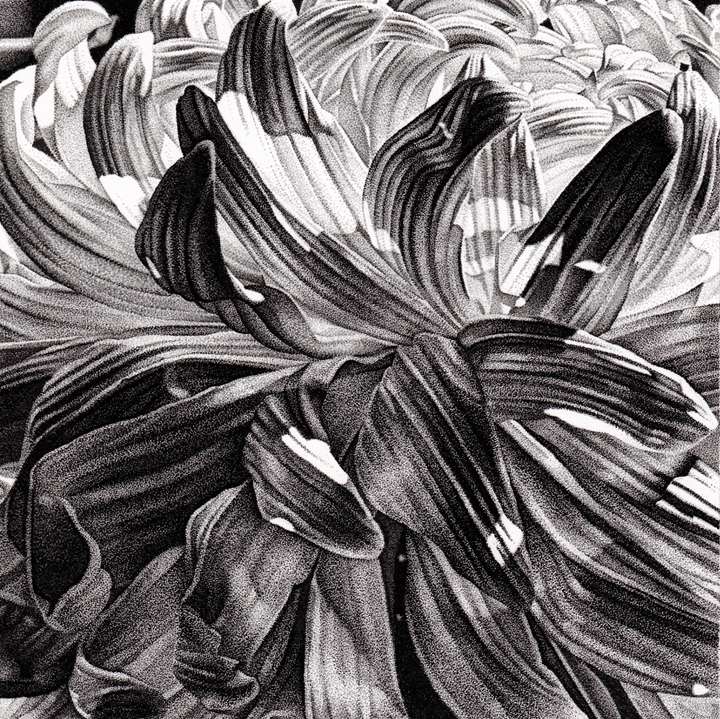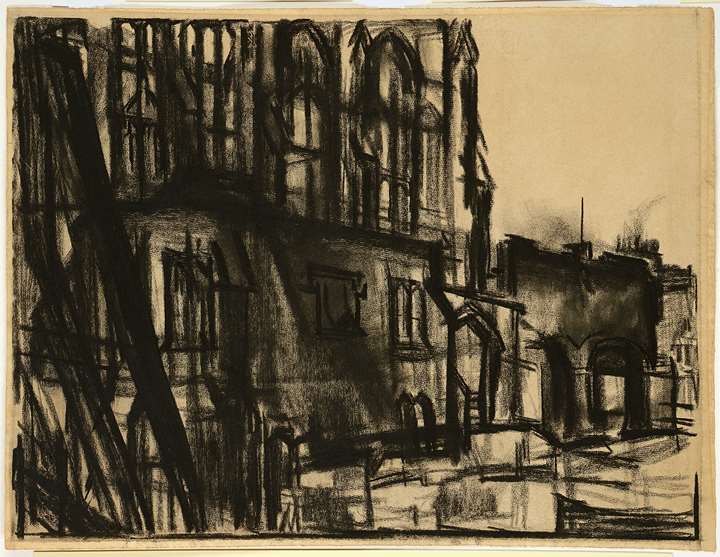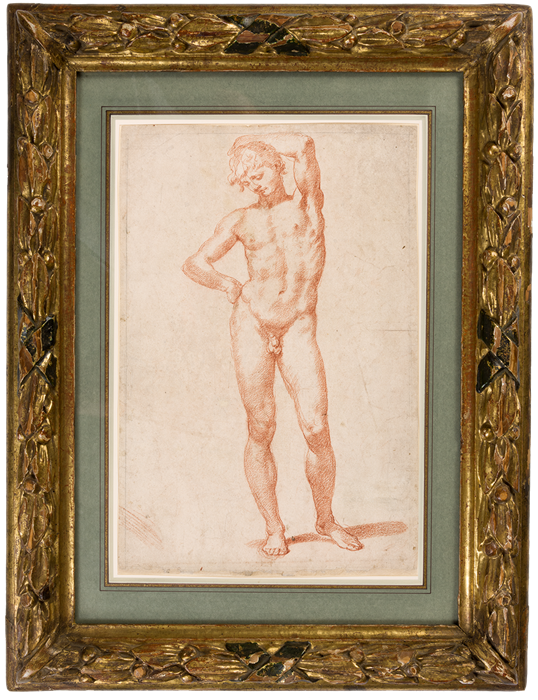Description & Technical information
This 'studi dal vero' of a male nude may be classed among those drawings, numbering almost two hundred sheets, described in the 1603 inventory of Santi du Tito's studio as figure studies drawn from life (‘Centonovantasei disegni al naturale in mezzi fogli di mano di Santi Titi’) and intended as academic exercises. As Julian Brooks has noted, ‘The real engine-room of life drawing in Florence seems to have been the studio of Santi di Tito…Santi and his pupils re-asserted the earlier Renaissance practice of making studies for each of the figures in a painting, and furthermore regularly drew from life as an exercise…Yet the sessions of life drawing in Santi’s studio were fairly informal. It is recorded that Cigoli, while he was working with the architect Bernardo Buontalenti, went to Santi’s studio ‘every day to draw from life, benefitting in the rendering of poses.’’.
In his account of the artist’s career, Baldinucci reserved particular praise for Santi di Tito’s life drawings, of which he owned several, noting that ‘there come…from his hand an infinite number of drawings of particularly natural nudes…[which] are so marvellously proportioned, they are set on the page thus by design, so that the head can be placed at the summit of the page, with no waste or need for extra paper, just sufficient…to draw a very fine line.’ Santi’s drawings of male nudes are characterized by firm contours and a delicate play of light and shadow across the forms of the body.
While most of the artist’s studies of male nudes were drawn in black chalk, a number of fine examples in red chalk are known, with which the present sheet may be stylistically compared. These include a Standing Male Nude and a Study of a Nude Young Boy, both in the Uffizi, as well as three red chalk drawings of male nudes in the Louvre, which would appear to be studies of the same curly-haired model depicted on the present sheet. All of these drawings can be dated to the artist’s early maturity, in the decade of the 1570s.
Period: 1400-1600, 16th Century
Origin: Italy
Medium: Red chalk
Dimensions: 36.5 x 24.2 cm (14³/₈ x 9¹/₂ inches)
Provenance: Anonymous sale, Milan, Sotheby’s, 22 June 2004, lot 6
Jean-Luc Baroni Ltd., London, in 2005
Private collection, London.
Exhibitions: New York, Jean-Luc Baroni Ltd. at Adam Williams Fine Art Ltd., and London, Jean-Luc Baroni Ltd., Master Drawings and Oil Sketches, 2005, no.4.
Categories: Paintings, Drawings & Prints
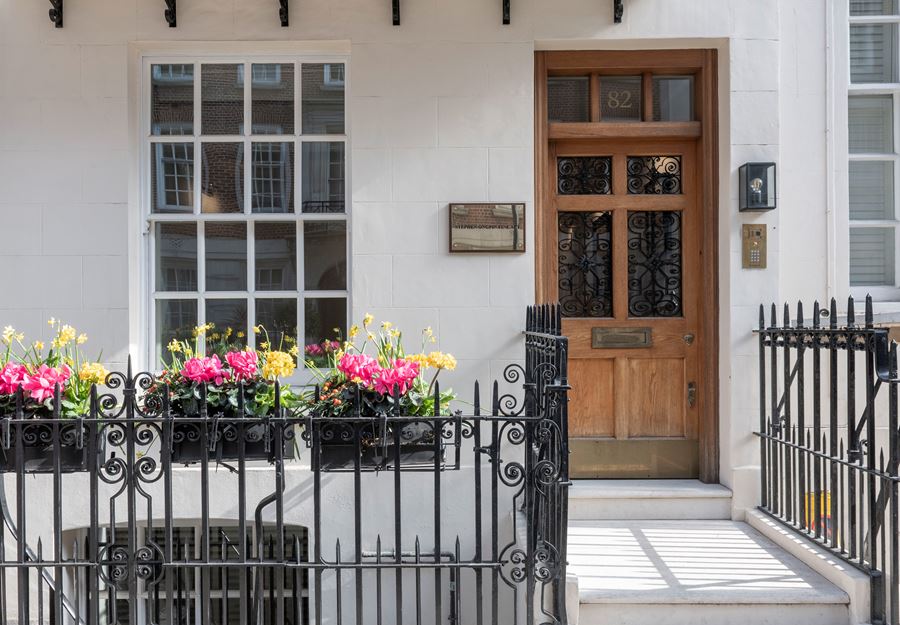
Discover the gallery
Stephen Ongpin Fine Art
Old Master, 19th Century and Modern Drawings, Watercolours and Oil Sketches
More Works From This Gallery
_T638203653564250035.jpeg?width=720&height=1200&mode=max&quality=60)
Stephen Ongpin Fine Art
A Young Woman Asleep
Tsuguharu Foujita (Tokyo, 1886 - Zürich, 1968)
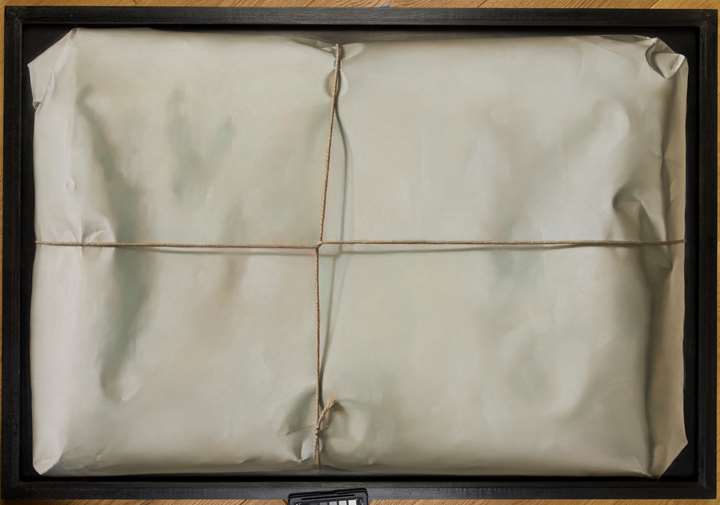
Stephen Ongpin Fine Art
Mystic Package
Claudio BRAVO (Valparaiso, 1936 - Taroudant, 2011)
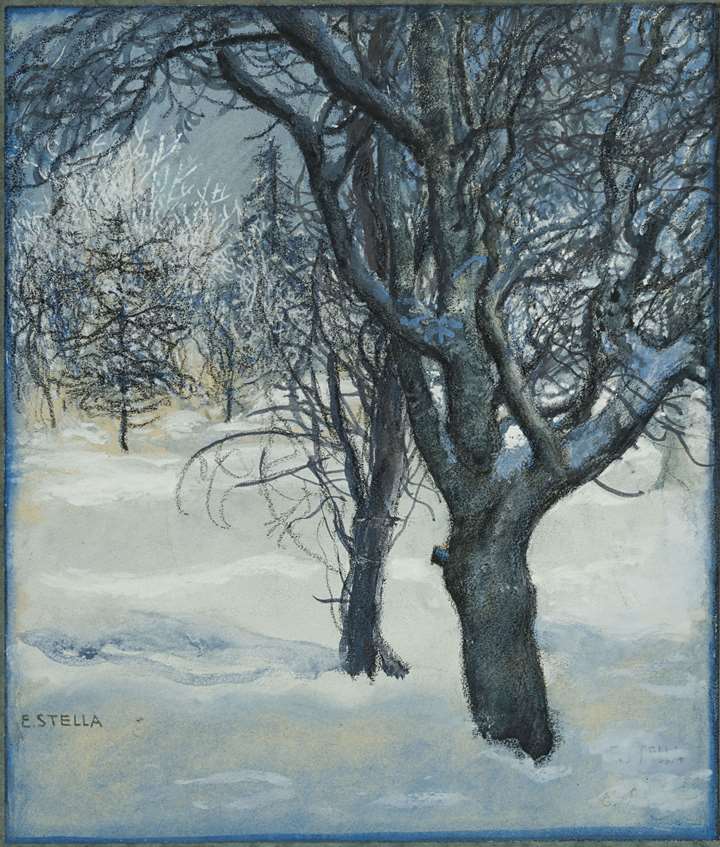
Stephen Ongpin Fine Art
Wooded Landscape in Winter
Eduard STELLA (Vienna, 1884 - Vienna, 1955)
![The Head of a Young Boy [recto]; The Penitent Saint Peter [verso]](https://images.masterart.com/StephenOngpinFineArtMedia/Artworks/Carlo-MARATTI-The Head of a Young Boy recto The Penitent Saint Peter verso_T638047200871688287.jpg?width=720&height=1200&mode=max&quality=60)
Stephen Ongpin Fine Art
The Head of a Young Boy [recto]; The Penitent Saint Peter [verso]
Carlo MARATTI (Camerano, 1625 - Rome, 1713)
